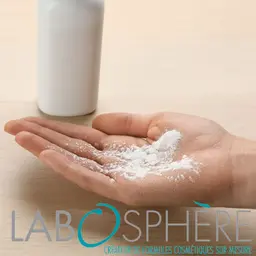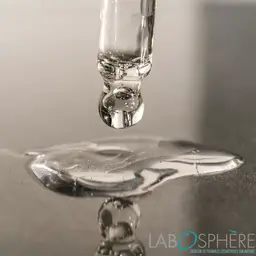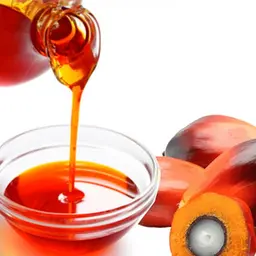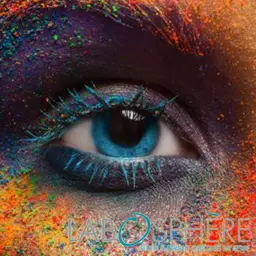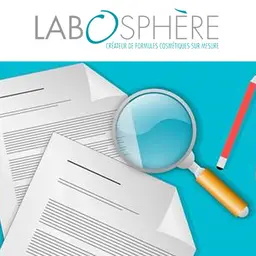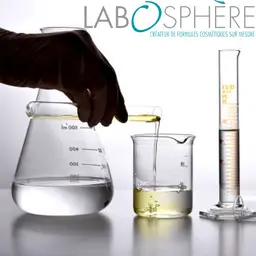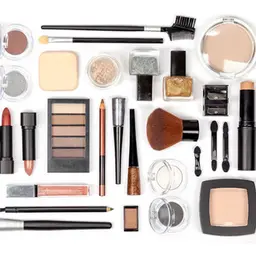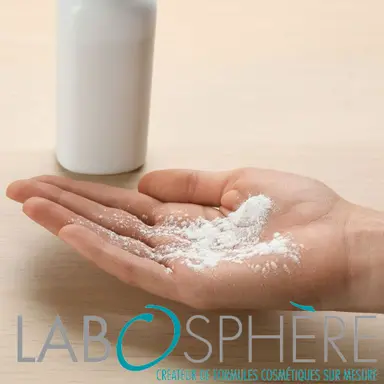
Another chapter in the series by Labosphère’s Estelle Dehier on ingredients that are the talk of the town: once considered harmless, or even very popular, then caught up in the turmoil of safety warnings, before eventually being overtaken by regulations, restrictions and even bans… Episode 2 is devoted to talcum powder.
Talc has always been used. And it was talc that led to the introduction of European cosmetics regulations in 1976, following the Morhange talc scandal…
Talc has been widely used on babies’ bottoms to absorb moisture after diaper changes, or to dry out the folds between the thighs, for example. Talcum powder used for this purpose, even though it has been questioned for several years, is still marketed and is not banned in Europe.
Today, talc can also be found in skincare products, as a touch-up agent, or in all types of make-up products: loose powders, eye shadows, etc.
Is it subject to restrictions? No, but it is! Talc is currently listed in Annex III (entry 59), with compulsory labelling on powdered products for children under 3.
And on 25 September 2024, the classification of talc as CMR 1B was adopted, paving the way for an assessment of its safety by the SCCS, as part of a dossier for exemption from the automatic ban on CMRs. Its use in a cosmetic product will therefore have to be justified (no possible substitute, for example).
What is talc blamed for?
Talc is the subject of a great deal of scrutiny, not least …

